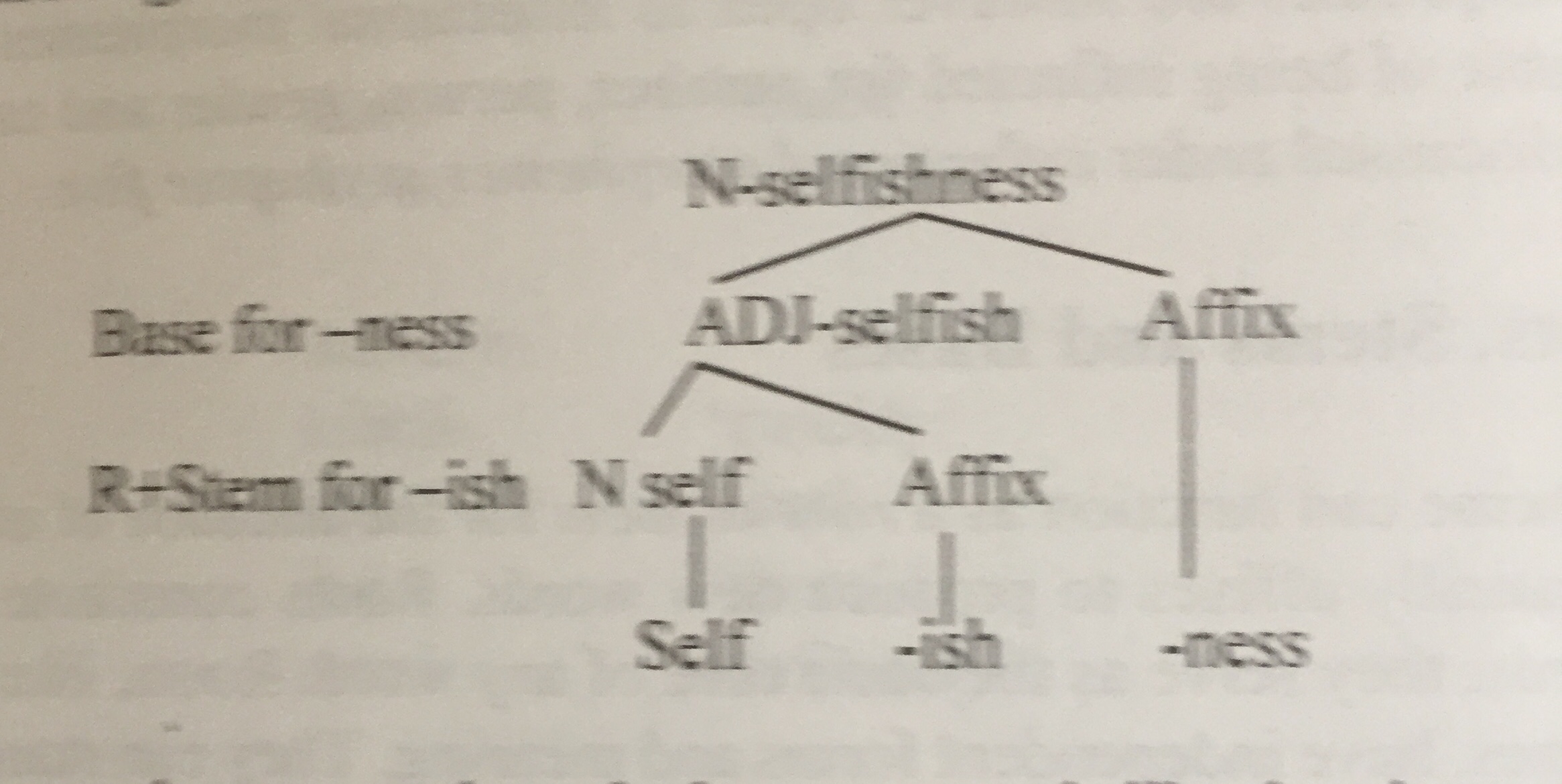Bolanle Elizabeth Arokoyo
Morphology Lecture Series #V
A free morpheme (see Types of Morpheme) can function as a root or stem for the addition of other morphemes usually affixes to produce new words.
Roots constitute the nuclei of words; they serve as the basic core of any word.
Roots, like the free morphemes, have independent forms and meaning.
They can stand in isolation.
They carry the major component of the meaning of words.
Roots, being morphemes, cannot be reduced into smaller elements.
Haspelmath and Sims (2010, p. 21) describes a root as ‘a base that cannot be analyzed any further into constituent morphemes’.
Without the root, there cannot be a word; there could also be more than one root in a word (compound).
Roots belong to lexical classes of nouns, verbs, adjectives, and adverbs.
Roots are free morphemes that are ready to take affixes. In available, avail is the root and also the base for available likewise in selfish, self is the root and also the base for selfish.
The stem, also referred to as base, is a form to which an affix is added. It is the part of a word to which the last morpheme in a word is structurally added.
While taking into consideration the fact that there are different types of base modifications involving concatenative and non-concatenative patterns, Haspelmath and Sims (2010, p. 36) say that ‘the base of a morphologically complex word is the element to which a morphological operation applies’.
The stem could be composed of one or more roots (compounds). In many instances, the stem is also the root. This is because all roots can be stems but not all stems are roots.
For example, avail serves as both root and stem for the the addition of –able to derive available while self also serve as root and base for the addition of –ish to derive selfish. Available and selfish further serve as the bases, but not the roots, for availability and selfishness. A further illustration is provided in the following tree diagram.

There are instances where the base are words like the given examples, but there are also times when they are not word forms.
Stems like that are referred to as bound stems because they cannot stand alone as words. ceive and mit in English are good examples.
The affixes re-, per-, con– and de– combine with ceive to derive receive, perceive, conceive and deceive respectively.
The affixes re– and per– also combine with mit to derive remit and permit. These affixes are also part of the morphemes in words like decode, return, convince pertain and perjure respectively.
For these forms (bound stems) to occur and be meaningful, therefore, they must occur with bound morphemes in order to be a word.
Exercises
1. Identify the morphological constituents and describe their meanings in the following Yimas data.
manpa ‘crocodile’
manpawi ‘crocodiles’
kika ‘rat’
kikawi ‘rats’
yaka ‘black possum’
yakawi ‘black possums’
(Foley 1991 p129)
2. Describe the English past tense morpheme.
3. What do you understand by roots, stems and bases? Discuss with ample illustrations.
4. Divide the following words into the constituent morphemes. State the kind of morphemes each is made of.
advancement truck drivers caught. stopped running abreast. along sleeps darken
worst grateful pegs
NB
a. We will start our discussion on Affixes in the next class.
b Excerpts are taken from Arokoyo (2017).
References
Arokoyo, Bolanle Elizabeth. (2017). Unlocking morphology. Ilorin: Chridamel Publishing House.
Foley, William A. (1991). The Yimas language of New Guinea. Stanford, CA: Stanford University Press.
Haspelmath, Martins and Andrew Sims (2010). Understanding morphology. London: Hodder Education.
